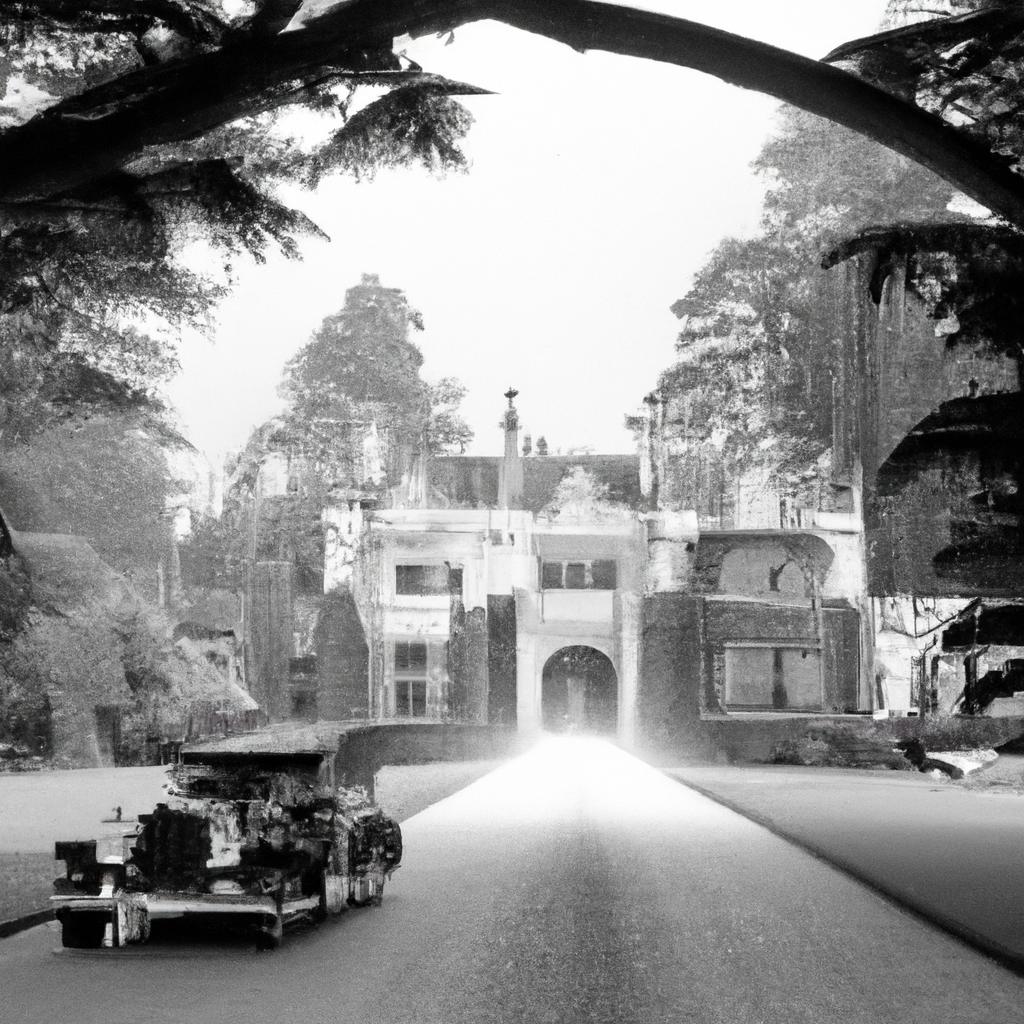
When it comes to literature, few books have had the impact of F. Scott Fitzgerald’s “The Great Gatsby.” The novel, published in 1925, has been a staple in high school and college curriculums for decades. It is the quintessential American novel, exploring themes of love, wealth, and corruption.
But to truly understand “The Great Gatsby,” it’s important to examine the historical context in which it was written. By understanding the era in which Fitzgerald lived, we can gain insight into the book’s themes and characters.
The Roaring Twenties
The 1920s, also known as the Roaring Twenties, was a time of great change in America. The country had just emerged from World War I, and the economy was booming. The decade was marked by a sense of optimism and excess.
The wealthy elite of the time, known as the “flappers,” embraced a new way of life. They defied traditional gender roles, drank alcohol, smoked cigarettes, and danced the Charleston. Jazz music, which had originated in New Orleans, became popular in cities across America.
But beneath the surface, there was a sense of unease. Prohibition had been enacted in 1920, making the manufacture, sale, and transportation of alcohol illegal. Organized crime syndicates took advantage of the law, smuggling and selling alcohol to those who could afford it.
The Lost Generation
F. Scott Fitzgerald was part of a group of writers known as the Lost Generation. This group, which included Ernest Hemingway and T.S. Eliot, had come of age during World War I. They had seen the horrors of war firsthand and were disillusioned with the world around them.
The Lost Generation was known for their heavy drinking and wild parties. They were searching for meaning in a world that seemed to lack it. They rejected the values of their parents’ generation and embraced a new way of life.
The American Dream
One of the central themes of “The Great Gatsby” is the American Dream. This idea, which had been popularized in the early 20th century, held that anyone could achieve success through hard work and determination.
But Fitzgerald’s novel explores the darker side of the American Dream. The characters in the book are obsessed with wealth and status, and they will do anything to achieve it. Gatsby, the novel’s protagonist, is the embodiment of the American Dream. He comes from humble beginnings but has amassed a fortune through illegal means.
Conclusion
In conclusion, understanding the historical context of “The Great Gatsby” is essential to truly appreciate the novel. The Roaring Twenties, the Lost Generation, and the American Dream all play important roles in the book’s themes and characters. By examining the era in which Fitzgerald lived, we can gain a better understanding of the world he was trying to portray.



